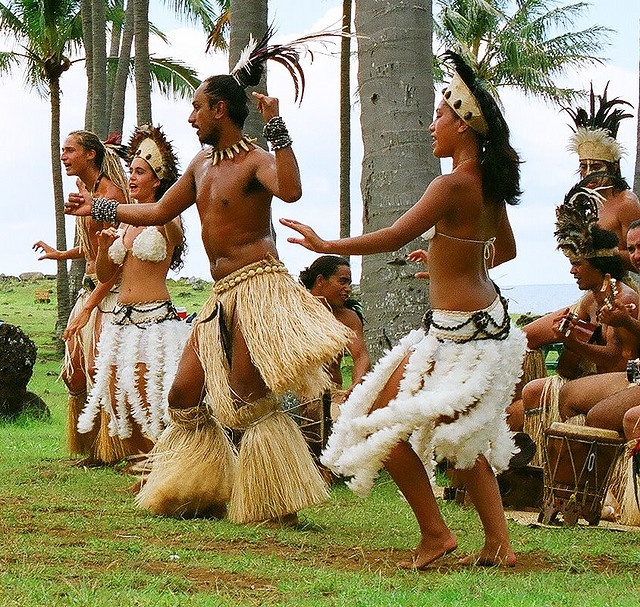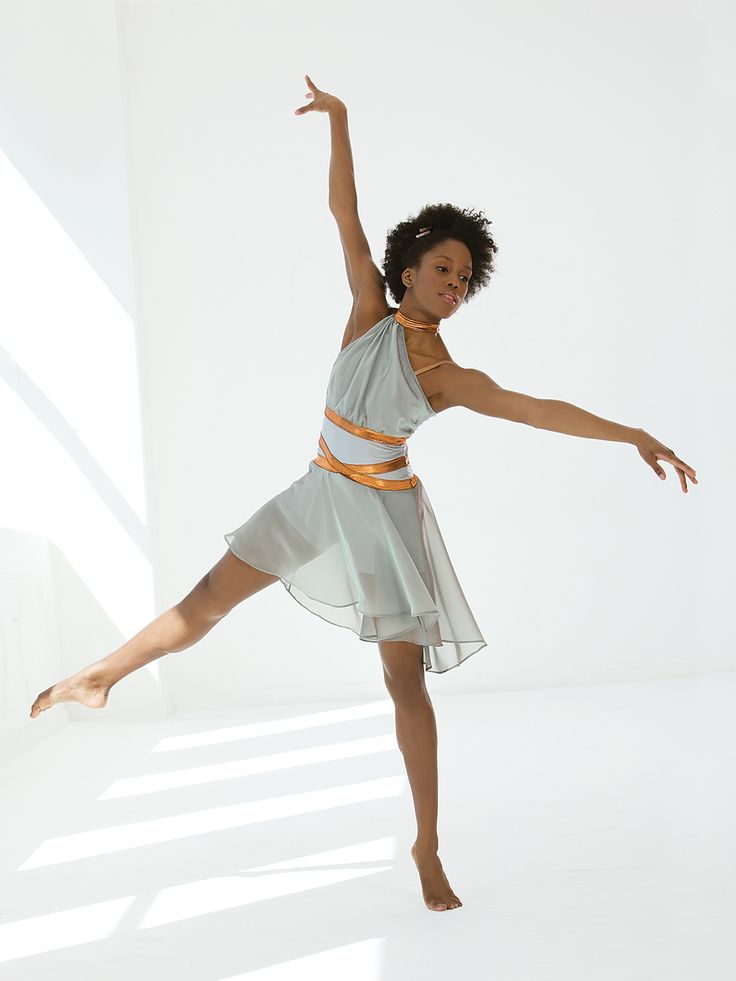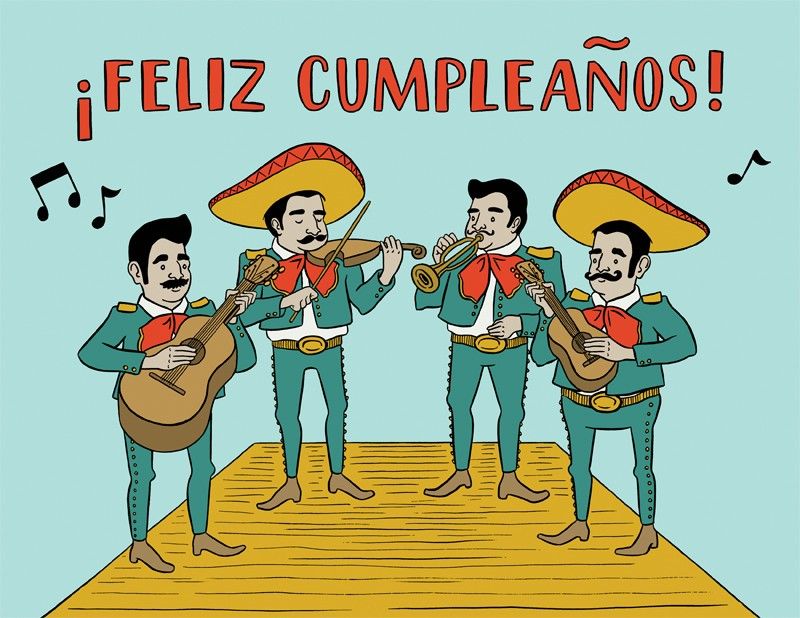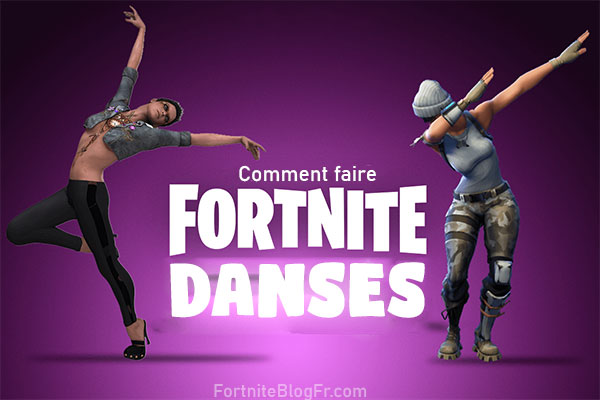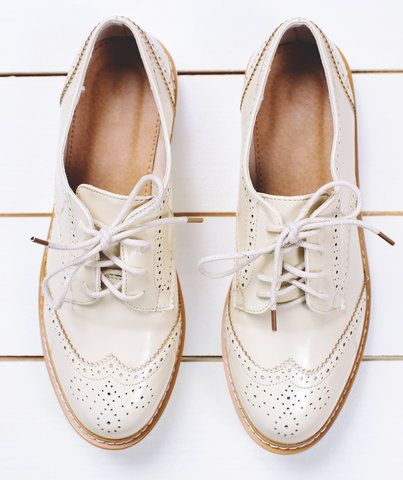How to dance like cab calloway
‘Greatest dance sequence’ from classic movie with Cab Calloway still stuns viewers
Combining airy grace with a fierce athleticism, the Fabulous Nicholas Brothers set the dance floor on fire as they groove in the 1943 musical film Stormy Weather. When you ask dance connoisseurs to create a list of the world’s greatest hoofers, Fred Astaire would always be present (if not at the top of the list).As a dancer, he brought a ballroom finesse and a loose-knit debonair grace to the grounded rhythms of the tap. Yet Astaire himself declared that his own tap heroes were Fayard and Harold Nicholas, two black dancers who became one of the most popular double acts of the mid-20th century.
Source:
YouTube Screenshot
Skipping to the tune of Cab Calloway’s Jumpin’ Jive for the movie Stormy Weather, the tap dance duo left the audience flabbergasted with their performance, hailing it as one of the most virtuosic film dance routines of all time.Every twist of their feet and turn of their body as they blend with the orchestra greatly shows their high level of artistry and daring innovations.
Source:
YouTube Screenshot
The Nicholas Brothers were a team of dancing brothers, Fayard and Harold, who excelled in a wide variety of techniques.One of them is a highly acrobatic technique known as “flash dancing.” That was their trademark: athleticism.
Source:
YouTube Screenshot
They showcase utmost elegance in their rigid torso, strength in their swift feet and an aura of ease.Throughout the clip, they leap hazardously from table to table, jumping exuberantly to the orchestra’s music stands, skipping over their heads without even looking.
Source:
YouTube Screenshot
One of the members actually had to keep swinging his head to save it from being kicked off from his neck and tried his best to maintain a straight face after as the peril is over.
I should also mention that they also jived atop the piano, answering the call of the witty pianist.
Source:
YouTube Screenshot
The brothers’ ability to incorporate spins, kicks and flips into the middle of riotously fast and jazzy footwork just proves how talented they are.Source:
YouTube Screenshot
One of the dancing duo’s famous tricks, also considered as the climax of Stormy Weather, was their special stunt of sliding down into the splits and back up again without using their hands as support.Source:
YouTube Screenshot
They split on the floor, on the stage and while going down the flight of stairs, as if friction and gravity were meaningless.It may make viewers nervous to watch, but rest assured no eggs were harmed in the creation of this movie!
They managed to do all of these in full evening dress, without a moment’s hesitation flickering in their smiles and charm. Despite the lack of chance to catch their breaths, their phrasing and execution were overall impeccable.
Despite the lack of chance to catch their breaths, their phrasing and execution were overall impeccable. Fred Astaire once told the brothers that this dance number was the greatest movie musical sequence he had ever seen.
Stormy Weather takes its title from the 1933 song of the same title.Source:
YouTube Screenshot
It is based upon the life and times of its star, dancer Bill “Bojangles” Robinson.Robinson plays Bill Williamson, a talented dancer who returns home in 1918 after serving in World War I and tries to pursue a career as a performer. Along the way, he approaches a beautiful singer named Selina Rogers portrayed by Lena Horne.
Source:
YouTube Screenshot
The short video clip ended with The Nicholas Brothers gliding down the staircase, and one final split to complete their routine.We see why this is so beloved!
Watch the full clip in the link below:Please SHARE this with your friends and family.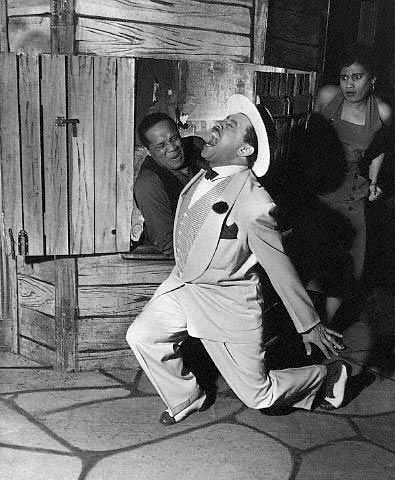
YouTube/docludi2
Wikipedia
To learn more read our Editorial Standards.
Johndel Callora is a contributor at SBLY Media.
11 of the Most Phenomenal Dancers That Ever Lived! | Page 2
From the ballroom to the boogie stage, they just don’t make dancers like these anymore!
7) Michael Jackson
Arguably one of biggest pop stars of the 20th century. Michael Jackson got his start singing and dancing with his brothers in the Jackson 5, with increasing success leading to more complicated dance moves and touring schedules. The late 1960s and early 1970s were heavy on the hits for the group, including songs like “I Want You Back,” “I’ll Be There,” and “ABC” while signed to Motown Records. Jackson’s early solo efforts were met with immediate success and his dancing style blossomed. He became one of the most recognizable performers in the world, with his dance moves playing no small part in that rise to ultimate fame. Jackson’s dance moves are some of the most-mimicked with efforts to learn his later Moonwalk steps still embarked upon by thousands of amateur dancers today. Watch his early moves in this absolute classic video to “Don’t Stop ‘Til You Get Enough.”
Jackson’s early solo efforts were met with immediate success and his dancing style blossomed. He became one of the most recognizable performers in the world, with his dance moves playing no small part in that rise to ultimate fame. Jackson’s dance moves are some of the most-mimicked with efforts to learn his later Moonwalk steps still embarked upon by thousands of amateur dancers today. Watch his early moves in this absolute classic video to “Don’t Stop ‘Til You Get Enough.”
6) Sammy Davis Jr.
Sammy Davis Jr started out performing with his family, singing, dancing, with his uncle’s troop, the Will Mastin Trio, Davis learned the business early. Performing in films such as Oceans 11 and Porgy and Bess, Davis’ acting credits number at nearly 80! And, Davis made a name for himself in every format of performance, from singing to dancing to comedy and impressions.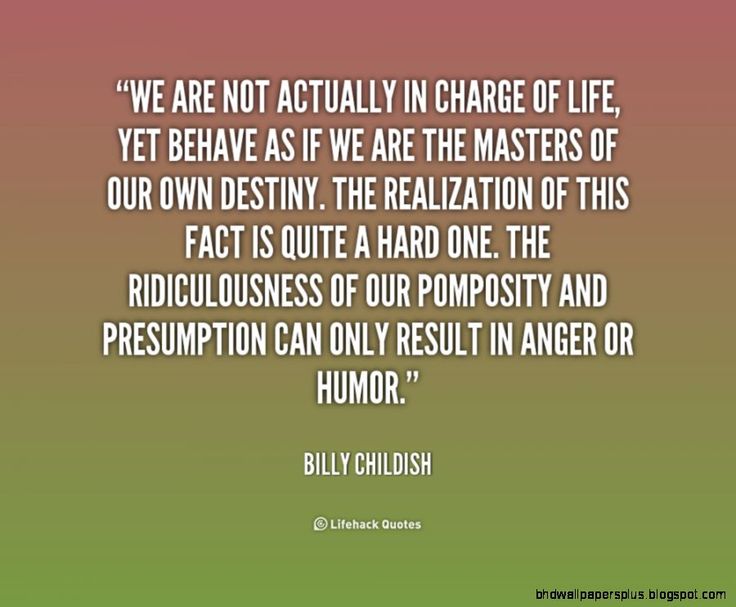 His stage performances became legendary, especially those with Frank Sinatra and Dean Martin as the “Rat Pack.” Watch as the immensely talented Davis does comedy, sings, and tap dances all while smoking a cigarette in this amazing clip from The Hollywood Palace in 1969. A true one of a kind man!
His stage performances became legendary, especially those with Frank Sinatra and Dean Martin as the “Rat Pack.” Watch as the immensely talented Davis does comedy, sings, and tap dances all while smoking a cigarette in this amazing clip from The Hollywood Palace in 1969. A true one of a kind man!
5) Cab Calloway
He might not be in the same league with folks who made their living from dance, but Cab Calloway did more dancing than any band leader ever did! Callloway’s moves were energetic and unique, yet were suffused with a haunting quality. Following his sister on stage, the two had natural talent for the new-fangled fad called jazz. After gaining success with radio shows and as a band leader at the Cotton Club, Calloway appeared in many films, including the wonderful “Minnie the Moocher” short of Betty Boop in 1932.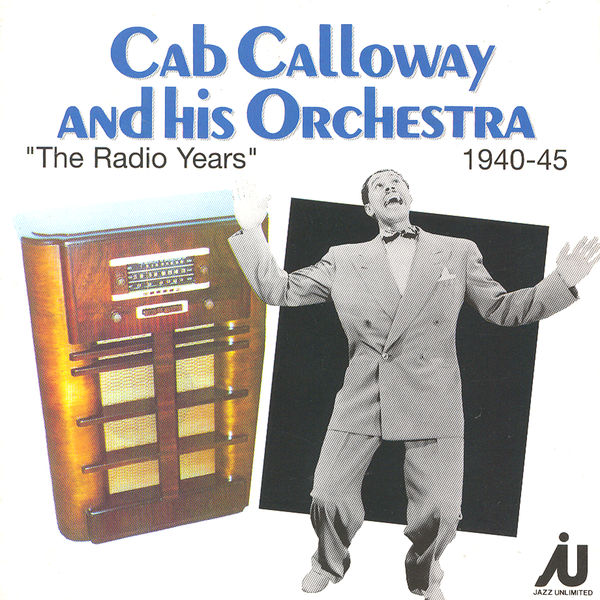 Not only was Calloway one of the first black band leaders to tour through the segregated South, he authored articles and one booklet. Calloway performed up until his death and even appeared in the Blues Brothers (1980). Though his dancing was often a decoration to his conducting, arranging, and singing, we think he is one of the most original dancers of the era. Take a look a selection of clips of him dancing set to his classic tune, “Zaz Zuh Zaz.”
Not only was Calloway one of the first black band leaders to tour through the segregated South, he authored articles and one booklet. Calloway performed up until his death and even appeared in the Blues Brothers (1980). Though his dancing was often a decoration to his conducting, arranging, and singing, we think he is one of the most original dancers of the era. Take a look a selection of clips of him dancing set to his classic tune, “Zaz Zuh Zaz.”
Spin your way to the rest of our favorite dancers by clicking the
“Next Page” button!Moonwalk Dance - Dance Types
Moonwalk Dance - Dance Types In 1982, Michael Jackson made history by performing the so-called "moonwalk dance" to an astounded audience on the television show MoTown 25.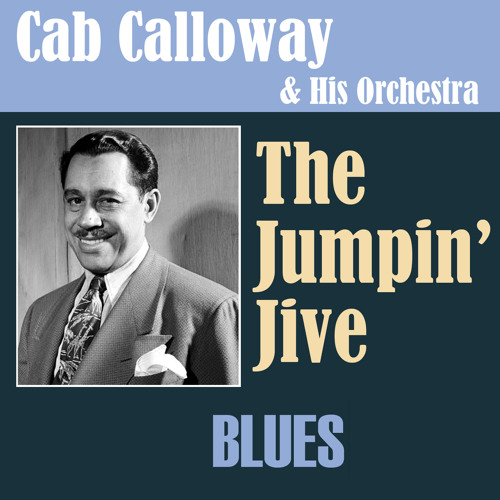 He performed his hit Billie Jean , and to this day, the signature bass sound of this song resembles a strangely smooth movement back. However, as Michael himself said, he was far from the first to use this technique.
He performed his hit Billie Jean , and to this day, the signature bass sound of this song resembles a strangely smooth movement back. However, as Michael himself said, he was far from the first to use this technique.
The history of the moonwalk dance
One might think that the moonwalk movement was not even created by humans, since there is a Central American bird called the red-capped manakin that does a similar movement in the mating dance. For human mating dances, however, the roots of the moonwalk are more varied.
Related Articles
- Latin American dance pictures
- Interesting facts about dancing the second is the famous mime Marcel Marceau, who used a variation of this movement in his cult program Walking Against the Wind. However, it is equally likely that Jackson saw it in a number of other performances:
- 1932 Cab Calloway, one of the greatest jazz performers, performed this technique during a live cartoon segment.
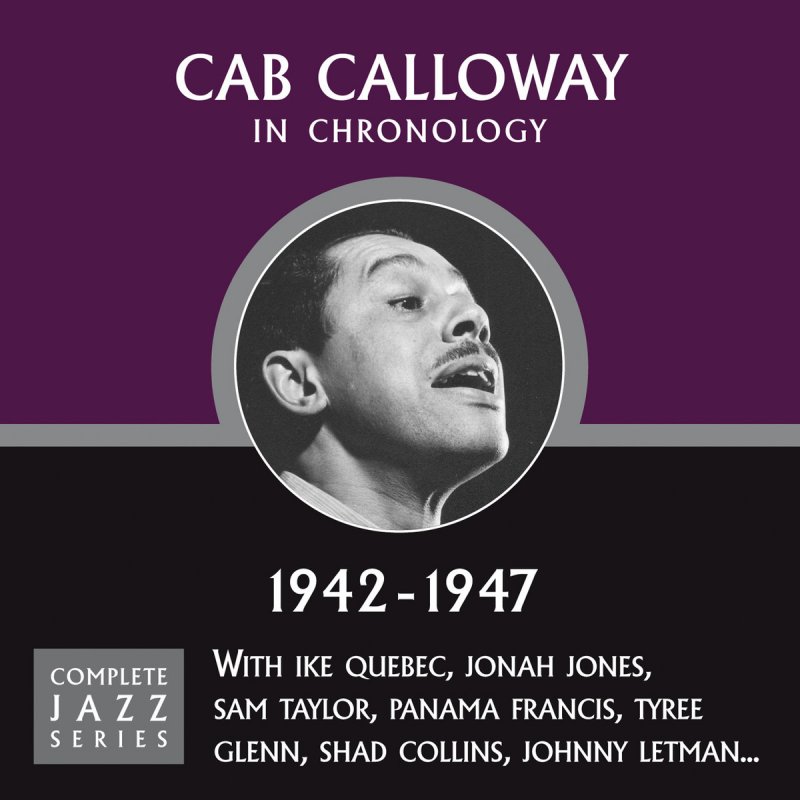 Minnie Mucher (featuring Betty Boop).
Minnie Mucher (featuring Betty Boop). - 1943 Tap dancer Bill Bailey included this movement in his repertoire.
- nineteen eighty one Timothy 'Popin Pete' Solomon (member of the 'Electric Boogaloos' troupe) performed the moonwalk dance with Talking Heads Crossed and painless clip.
- 1982 On the same show as Jackson, MoTown 25, Jeffrey Daniels danced it during Shalamar's performance. A night to remember .
No matter where it started, the dance has spread around the world, including variations such as the 'side glide' (moonwalk to the side) and 'airwalk' (moonwalk without actually moving from place to place. Part of the popularity is simply study
How to do the moonwalk
Because of its popularity, the moonwalk has become part of the dance routine in many forms of dance from jazz to hip-hop. Videos and books have been released to teach this, and there are both tutorial videos and demo videos on YouTube.
 Here is a basic overview of the dance:
Here is a basic overview of the dance:
- Stand with your feet parallel. It's a good idea to wear low friction flat shoes. Shift your weight onto your left leg.
- Slide your right foot back until your toe is even with your left heel, keeping your foot bent (this will lift your heel off the ground and bend your knee. This is good! This is what gives the illusion of walking forward even as your body moves backwards).
- Keeping your right toe in place, straighten your right leg, pulling your entire body back, shifting your weight onto your right foot.
- As your left leg is back, allow this to continue until your left toe is level with your right heel, again keeping your foot bent and bending your knee. This move must occur simultaneously with the third step.
- Repeat the third step, but with the right leg, which will cause the right leg to come back, and then the movement will be repeated as often as you choose.
Although learning the individual steps is easy, actually doing the moonwalk dance well is more difficult.
 Here are some tips to help smooth your performance:
Here are some tips to help smooth your performance: - Keep your center of gravity low. Avoid any up and down movements of the torso - the upper body should appear to be sliding on the floor.
- As you straighten your bent leg, imagine that you are pressing down on the floor.
- Keep practicing until the movement is smooth and almost mechanical.
- Leaning forward as if you are going in that direction can reinforce the illusion that you are walking forward but moving backward.
Although it's been over twenty years since Jackson made the moonwalk a household name, it's still a fun move to add to any dancer's repertoire. Whether perfected or ridiculed, it's an iconic part of American dance culture.
Cat Pictures College Admission About Movies Christmas Slideshow Sleep - Apnea
History of Swing - breakdance school discovered Charleston and Lindy Hop.
On March 26, 1926, the Savoy Ballroom opened its doors in New York.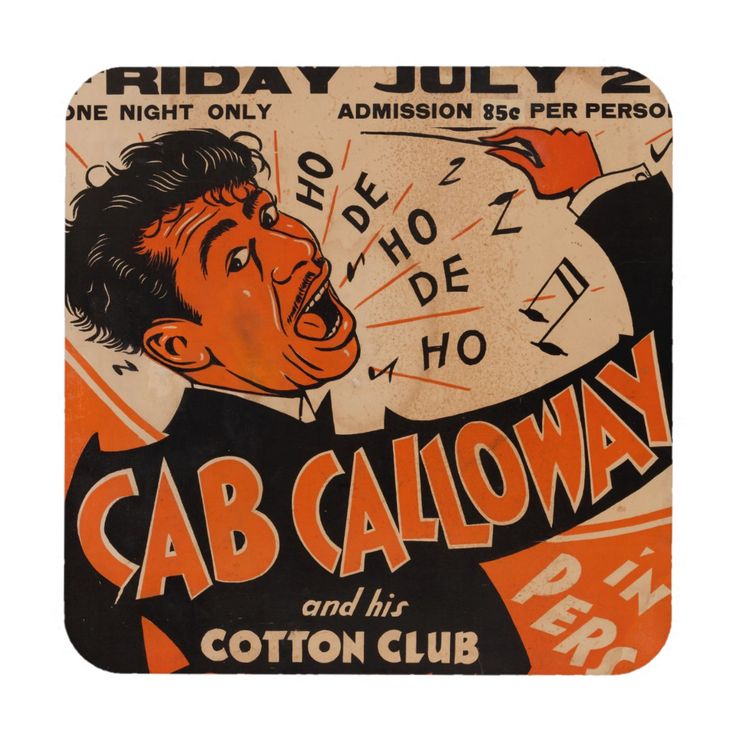 It became an immediate success with a block-long dance floor and a raised double bandstand. The night dances attracted most of the best dancers in and around New York. Featuring the best dancers and the best black bands, the music at the Savoy is heavily swing jazz. One evening at 7 pmIn 1926, after Charles Lindbergh's flight to Paris, local dance enthusiast "Shorty George" Snowden watched the dancing couples. A newspaper reporter asked him what kind of dance they had. It so happened that on the bench next to them lay a newspaper with an article about Lindbergh's flight. The headline read "Lindy Hops The Atlantic" (Lindy Hops the Atlantic), George caught his eye and he said "Lindy Hop". That's how the name stuck.
It became an immediate success with a block-long dance floor and a raised double bandstand. The night dances attracted most of the best dancers in and around New York. Featuring the best dancers and the best black bands, the music at the Savoy is heavily swing jazz. One evening at 7 pmIn 1926, after Charles Lindbergh's flight to Paris, local dance enthusiast "Shorty George" Snowden watched the dancing couples. A newspaper reporter asked him what kind of dance they had. It so happened that on the bench next to them lay a newspaper with an article about Lindbergh's flight. The headline read "Lindy Hops The Atlantic" (Lindy Hops the Atlantic), George caught his eye and he said "Lindy Hop". That's how the name stuck.
In the mid-30s, a peppy, galloping version of the six-count Lindy emerged. It became known as jitterbug (jitterbug). The author of the name is considered Cab Calloway (Cab Calloway), when at 19In 1934, the theme "Jitterbug" appeared in the repertoire of his orchestra. With the advent of Lindy Hop and Jitterbug, communities began to dance to modern jazz and swing as it developed at the time, with Benny Goodman spearheading the impact.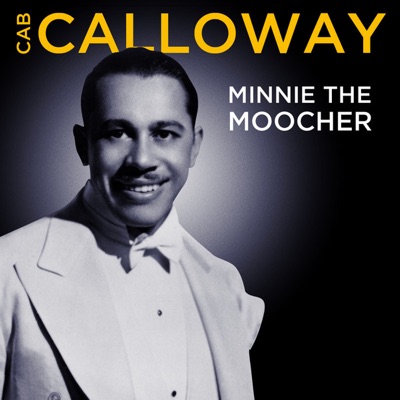 The dancers soon incorporated tap and jazz movements into their dance.
The dancers soon incorporated tap and jazz movements into their dance.
In the mid-1930s, Herbert White, head bouncer at the Savoy, formed the Whitey's Lindy Hoppers dance troupe. One of the most important members of the troupe was Frankie Manning. Hoppers have been featured in the following films: "A Day at the Races" (1937), "Hellzapoppin" (1941), "Sugar Hill Masquerade" (1942) and "Killer Diller" (1948). In 1938, the dance competition "Harvest Moon Ball" for the first time included Lindy Hop and jitterbug in the competition program. They were filmed and presented nationwide in newsreels at the Pathé, Paramount and Universal cinemas between 1938 and 1951.
In early 1938, Dean Collins arrived in Hollywood. He learned to dance the Lindy Hop, jitterbug and swing in New York and spent a lot of time in Harlem and at the Savoy. Between 1941 and 1960, Collins danced himself and helped choreograph dance routines for over 100 motion pictures. Today we can judge this by watching 30 second clips of California's top white dancers performing Lindy Hop, Jitterbug, Lindy and Swing.
In the late 1930s and 1940s, the media used the terms lindy hop, jitterbug, lindy, and swing and interchanged them to describe the same styles of dancing that took place on the streets, in nightclubs, at competitions, and in movies. By the end of 19At the age of 36, the Lindi took over the United States. As might be expected, the first reaction to the lindy from most dance instructors was a cool negative. In 1936, Philip Nuttle, president of the American Society of Dance Teachers, expressed the opinion that swing would not survive the winter. In 1938 Donald Grant, president of the Dance Teachers' Business Association, said that swing music "is a degenerate form of jazz whose adherents — the unfortunate victims of economic instability.” In 1942, members of the New York Society of Dance Teachers were told that the jitterbug (a direct descendant of the Lindy) could no longer be ignored.0093 Dance schools like the New York Society of Teachers and Arthur Murray didn't officially start documenting or teaching Lindy Hop, Jitterbug, Lindy and Swing until the early 40's.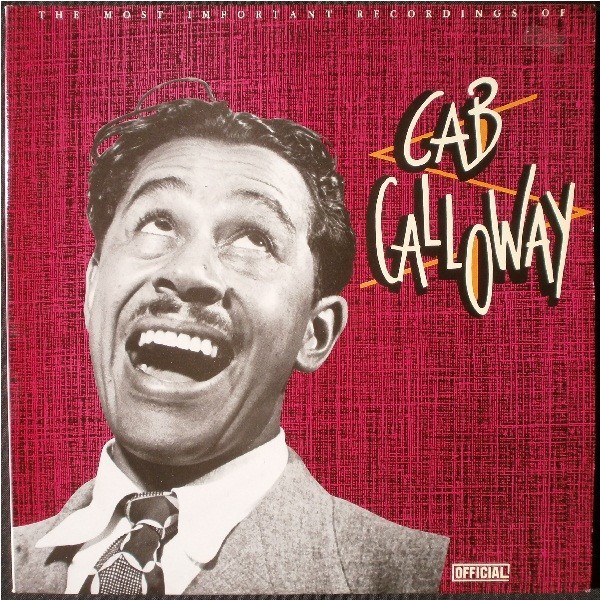 Ballroom dancers were more interested in learning foreign dances, such as Argentine tango, Spanish paso doble, Brazilian samba, Puerto Rican merengue, Cuban mambo and cha-cha-cha, English quickstep, Austrian waltz and, occasionally, American foxtrot and peabody.
Ballroom dancers were more interested in learning foreign dances, such as Argentine tango, Spanish paso doble, Brazilian samba, Puerto Rican merengue, Cuban mambo and cha-cha-cha, English quickstep, Austrian waltz and, occasionally, American foxtrot and peabody.
In the early 1940s, Arthur Murray's dance studio enthusiasts looked at what was happening on the dance floors in the cities and sent their teachers to teach what they were dancing. Thus, Arthur Murray's studios taught different styles of undocumented swing in many cities.
In the early 40s, Laura Haile, being a swing dancer and sportswoman, recorded what she saw at the dances of the white community. At the time, Southern California nightclubs and competitions were led by Dean Collins with Lenny Smith and Lou Southern. Laura Hale gave their style the name Western Swing. She began teaching at Arthur Murray's studios in 1945. Dean Collins coached Arthur Murry's teachers in Hollywood and San Francisco in the late 40's and early 50's.
After the war, soldiers and sailors returned from abroad and continued to dance at their military bases and beyond. The jitterbug was danced to country music in country bars and popularized in the 80s.
While between the 20s and 90s the music changed (jazz, swing, bop, rhythm and blues, rock and roll, beat, disco, country), lindy hop, jitterbug, lindy and swing have branched out in the US into many regional styles. The late 1940s highlighted many dances that developed from rhythm and blues: Houston push (push) and Dallas whip (whip), imperial swing (in St. Louis), Washington hand dance (D.C. hand dancing) and Carolina shag (shag) — and these are just a few.
Laura Hale first published her dance notes as a western swing program in 1951 for the Arthur Murray Dance Studio in Santa Monica. In the 1950s, she presented this program throughout America in masterclasses sponsored by the Arthur Murray Studios. For the past 45 years, Laura Hale's "Original Western Swing Program" has been taught by Arthur Murray's studios with minor revisions.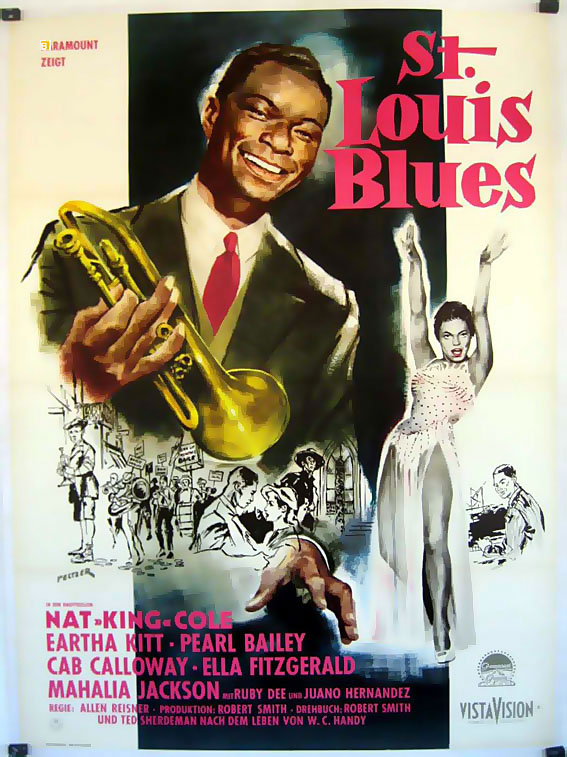
From the mid-1940s to this day, Lindy Hop, Jitterbug, Lindy and Swing have been disassembled and refined in detail by ballroom dance instructors to adapt dance elements to the general public - maybe more clumsy, but paid for the lessons. As a result, ballroom dancing studios developed and developed "East Coast Ballroom Swing" and "West Coast Ballroom Swing".
In the late 1950s, television brought American Bandstand, The Buddy Dean Show, and other programs to teenage viewers. Teenagers danced rock and roll with Elvis Presley, Little Richard and Chuck Berry at the forefront of the attack, although in reality they were Slightly altered swing, lindy and jitterbug steps. In 1959, some of the dance communities in California, where Skippy's studio set the tone Blair (Skippy Blair), changed the name of Western swing to West coast swing (West Coast Swing), so there was no confusion with dancing in the style of country and western.
At the end of the 20th century, 60-year-old dancers twitch their feet to the sounds of shag, jitterbug, lindy and swing.
SWING STYLES
Leader - Partner
Follower Partner1. Savoy Swing: A style of swing popular at New York's Savoy Ballroom in 30-40 years, originally performed under swing music. Savoy swing very fast, bouncy, sloppy dance style
2. Lindy (Lindy): more ennobled style.
3. West Coast Swing: An agile style that was popular in California clubs in the 1930s and 40s. According to a population survey in 1989, it was recognized as a dance of the state of California.
4. Whip (Whip): a style popular in Houston, Texas, emphasizing the partner's rotation movements between dance positions with a swinging rhythm break (wave rhythm break).
5. Push: A swing style popular in the Texas capital of Dallas that emphasizes the partner's rotational movements between dance positions with a rock rhythm break.
6. Supreme Swing: A style of swing popular in Tulsa, Oklahoma.

- 1932 Cab Calloway, one of the greatest jazz performers, performed this technique during a live cartoon segment.
